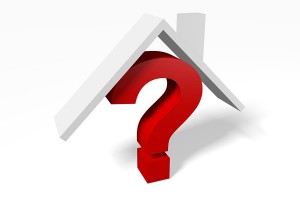FAQ
Fire Damage
 Are all fire damages the same?
Are all fire damages the same?
No, not all fire damages are the same. Homes and business contain different materials and create their own cleaning and restoring challenges. There are 4 main categories for fire and smoke damage cleaning sources.
1. Natural substance smoke residue – Natural items that burn can be paper, wood, and other items containing those substances. Usually they burn and create a black and gray residue. This can usually be cleaned with a vacuum and sponge.
2. Protein substance smoke residue – Chicken, beef, and other proteins when burned make a greasy mess all over. Cleaning these types of damages require training and understanding protein burn cleaning.
3. Synthetic substance smoke residue – Any type of plastic or derivative of plastic when burned becomes very smeary to the touch. Cleaning these type of damages are very complicated and needs specialized training required to do correctly.
4. Oil burner malfunction residue – this residue is caused by a oil burner misfiring and then shooting burnt oil residue through the heating system, and then distributing the residue through the house. Again, this also requires training and knowledge to clean up properly.
Water Damage
If a water pipe bursts on the second floor of my home, will my insurance cover the cost?
No, unfortunately this is considered to be a water loss and will not be covered by most insurance companies.
How are flood damages valued?
Well, there are 2 types of valuations: Replacement Cost Value (RCV) and Actual Cash Value (ACV)
RCV means the cost to replace that part of a building that is damaged (without depreciation) and to be qualified you need to meet these three conditions:
1. The building must be a single-family dwelling
2. Be your principal residence, meaning you live there at least 80 percent of the year
3. Your building coverage is at least 80 percent of the full replacement cost of the building, or is the maximum available for the property under the NFIP.
ACV is the Replacement Cost Value at the time of loss, less the value of its physical depreciation.
Mold Damage
How long does it take for mold to be removed?
Usually the removal of mold depends on many factors. Depending on how long the mold has been there and how bad it is are two of many factors. The removal process can vary from one day to five days.
How do I know when the mold has been completely removed?
You can tell when the mold has been completely removed by either seeing it or having a third party check it out.
